I Refused to Follow My Mom’s “Different Beds” Rule—And the Real Reason Was Heartbreaking

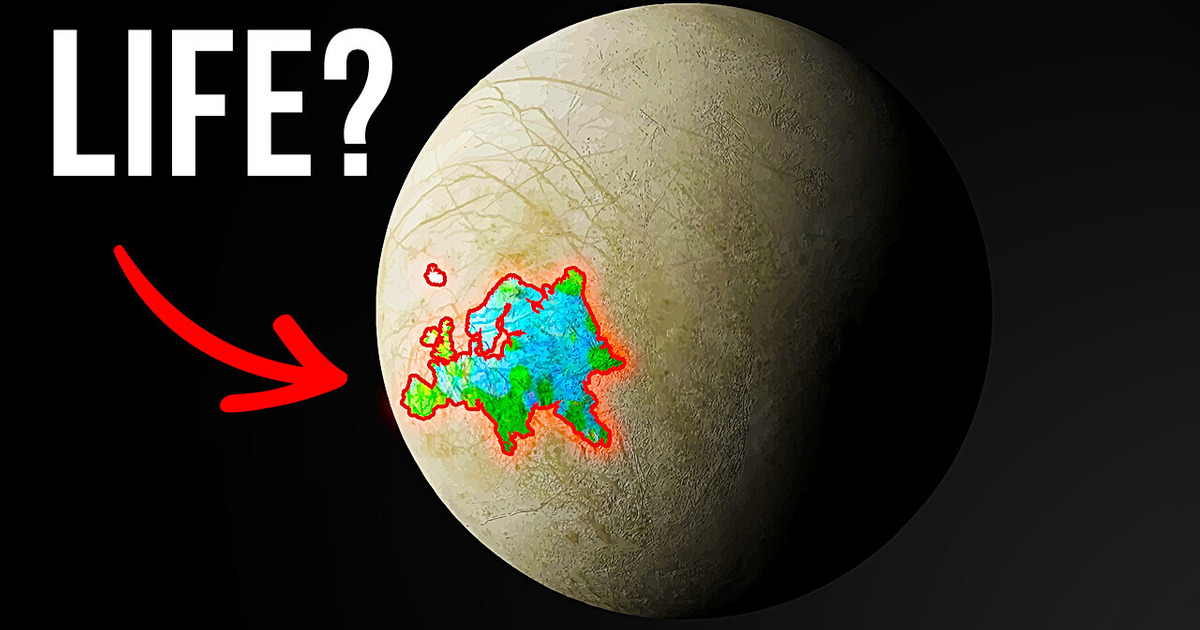
Imagine a still, frozen world. It’s ancient — about 4.5 billion years old. It’s barely heated by the rays of the Sun and covered with a thick layer of ice. This world is smaller than our Moon but a bit larger than Pluto.
Its name is Europa — the sixth satellite of Jupiter and one of the biggest moons in the Solar System. But the coolest thing about this far-away place? It might host life. Astronomers consider Europa one of the most promising places in the Solar System to search for new life forms.
All because this moon has a huge saltwater ocean with a depth of 40 to 100 miles. Yes, it IS hidden under a layer of ice that is estimated to be from 10 to 20 miles thick. But it is still potentially habitable. Astronomers claim that plumes of water erupt from cracks in the ice shell and release the contents of the moon’s ocean into space.
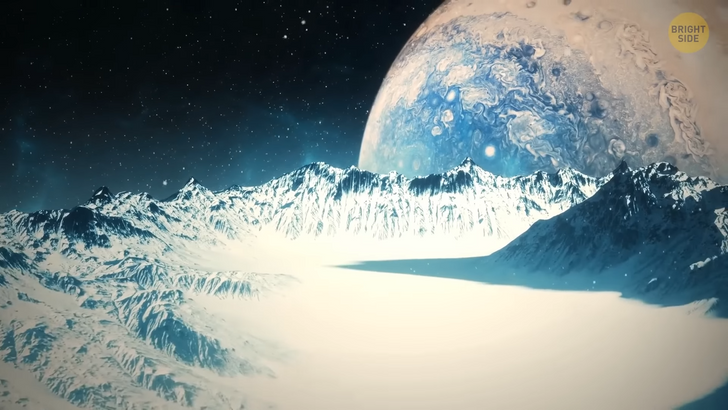
Of course, it’s going to be challenging for any life-seeking missions to access such a deep environment. On the bright side, scientists already have some evidence that there are way shallower pools that probably lie much closer to the surface of the moon. They might be located even less than 1 mile under the ice! And there are two great things about this news: first of all, it boosts the odds of life existing on Europa. And secondly, if it’s true, it can make it easier for future missions to find these life forms — if there are any.
Interestingly, the new discovery about these shallow pools came about by sheer luck! The scientist leading the research [Riley Culberg] accidentally saw a presentation of his colleague, a planetary scientist. That scientist showed a picture of double ridges on the surface of Europa. And Culberg remembered that he had seen similar ridges on Earth. But while such formations are rare on our planet, they are way more numerous on Europa.
The following studies suggested that the ridges on Jupiter’s moon might be the result of a specific cycle — similar to that on Earth. In this cycle, liquid water freezes and then thaws inside an ice sheet — which is a rather high-pressure environment. This causes the sheet to move upward over and over again, creating a two-peaked structure. Or at least, that’s what happens on Earth. If the processes on Europa are similar, it can prove the presence of shallow waters on the satellite. Of course, the temperature, pressure, and chemistry are very different on Europa. And scientists don’t know yet how the ice behaves there.
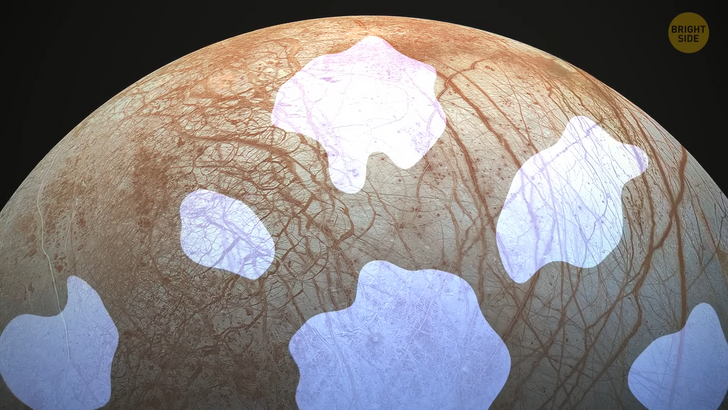
That’s why they can’t understand how deep or large the water pockets are or how long they need to refreeze. But what is more or less clear is that such under-ice environments on Europa are very likely to be protected from Jupiter’s harsh radiation battering the satellite’s surface. Which, in turn, increases the chances of life existing on Europa.
Now, can we get back to the fact that the ocean on Europa seems to be salty? Red streaks on the satellite’s surface might have this color due to their chemical content. They’re likely a frozen mixture of water and salts. This is quite unusual because such a composition doesn’t match any known substance here, on Earth. As for yellow spots on Europa’s surface, those might be caused by the presence of sodium chloride. You know this substance as good old table salt. Scientists tried to recreate the conditions on Europa in a lab. They discovered that by combining water, table salt, freezing temperatures, and high pressure, they could get a new kind of solid crystal.
This substance might exist both at the bottom of Europa’s ocean and on the moon’s surface. But besides this information, researchers are in the dark. Hopefully, we’ll find the answers to some of these questions around 2030. That’s when a mission called Europa Clipper, which is going to be launched by NASA, will probably reach Europa. The mission is going to have several close flybys and figure out if any form of life can exist on the moon. The European Space Agency’s JUICE (which stands for the Jupiter Icy Moons Explorer) is going to visit Europa in the next couple of years, too.
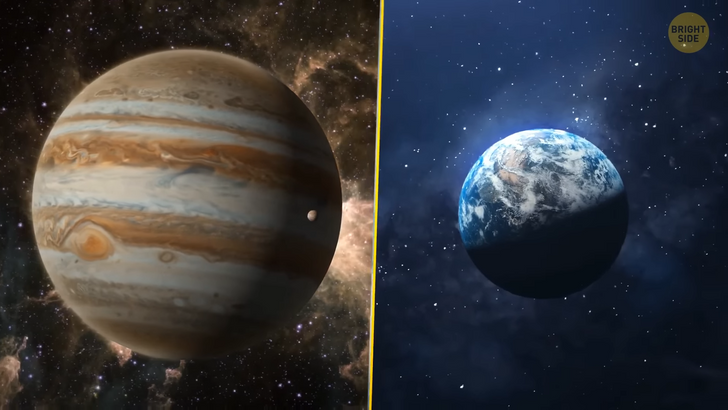
But Europa isn’t the only place in the Solar System that might host or once hosted life. In 2003, Mars Express, a spacecraft launched by the European Space Agency, discovered methane in the atmosphere of Mars. On our planet, the biggest part of this gas in the atmosphere is produced by living creatures, for example, by cattle digesting food. However, scientists think that methane was stable in the Martian atmosphere for about 300 years. And then, in 2006, the methane almost entirely vanished from the Red Planet! And it happened 600 times faster than researchers’ models accounted for.
The question: what (or who?) generated the gas, and where did it go?! Another martian mystery is microbes that may be sleeping beneath the surface of Mars. There, they might have been protected from the harsh radiation coming from space for millions of years. Scientists simulated the conditions on Mars in a lab to check if it could possibly be true. And they were amazed to find out that bacteria could easily survive in such conditions for 280 million years. Which means that if life existed on Mars, we could find the evidence in the planet’s subsurface by drilling into the Martian soil.
Right now, there is no flowing water on Mars, and cells or spores would simply dry out. Plus, the surface temperature is similar to that of dry ice — in other words, the surface of the planet is deeply frozen. And still, there could be 6 types of bacteria and fungi living underground on the Red Planet. The most likely of them is nicknamed “Conan the Bacterium” due to its tough nature.
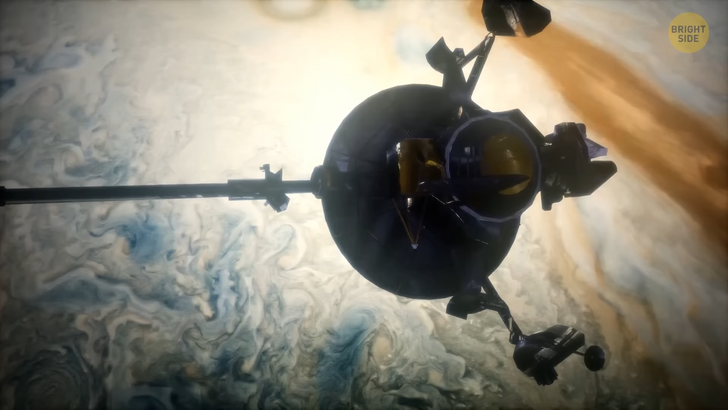
Well, I guess time will show. Now, let’s move to Venus. In 2020, scientists announced that in the toxic Venusian atmosphere, there was something that might mean the existence of life! Unfortunately, scientists didn’t have any evidence since there was no chance to collect any microbe specimens or snap any pictures of extraterrestrial life. But they claimed that they had discovered a chemical called phosphine there — and it was a big deal. If it wasn’t some previously unknown chemistry that was producing this gas, then there could be some kind of microbial life involved in the process!
Phosphine is made up of three atoms of hydrogen and one atom of phosphorus. This gas is toxic to any terrestrial life form that needs oxygen, including us humans. On our planet, phosphine can be found in places with no or little oxygen — for example, marshes and swamps. The gas is created by complex mixtures of bacteria living there. It can also be produced industrially. Come to think of it, phosphine isn’t supposed to be in Venus’s atmosphere altogether. This gas needs precise pressure and temperature and tons of hydrogen to form.
It wouldn’t be all that surprising to find it on Saturn or Jupiter — famous gas giants. But on Venus? Totally unexpected. There’s no way phosphine can be naturally produced on this planet. Tiny amounts of it can be created during volcanic eruptions, lightning storms, minerals blown up to the surface, or meteorites entering Venus’s atmosphere. But not as much as astronomers thought they had observed. And it HAD to make scientists suspicious. But they were too happy about their discovery.
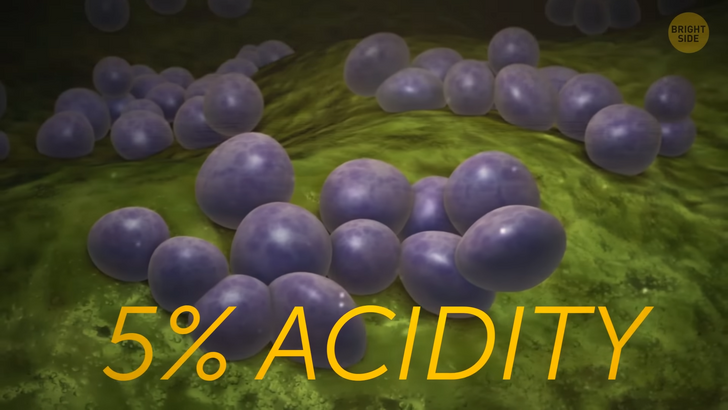
They probably thought it meant there could be life on Venus. But even if this gas was created by some mysterious organisms, it would be a big question how they survived on Venus. On our planet, some microbes can thrive in environments with an acidity of 5%, but no more. On Venus, though, clouds are almost entirely made of acid, containing more than 90% of sulfuric acid.
The Venusian atmosphere is also 50 times as dry as the driest place on our home planet. And indeed, in 2022, thanks to better and more high-resolution telescopes, it was concluded that there was no phosphine in Venus’s atmosphere. Or even if there was, it was a very small amount. So far, we need to look for signs of life further away from Earth.











